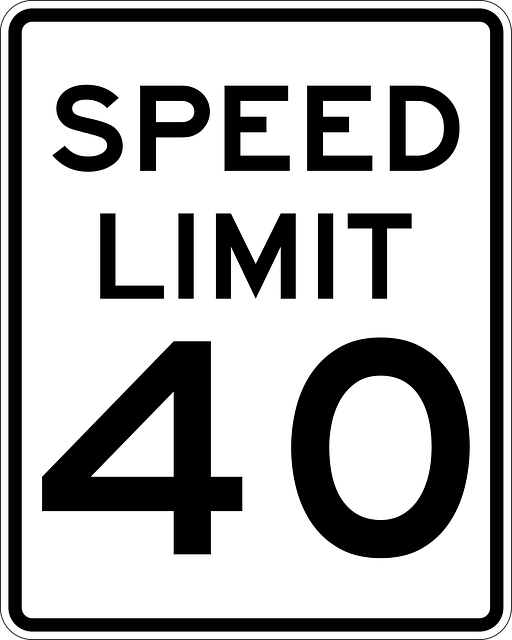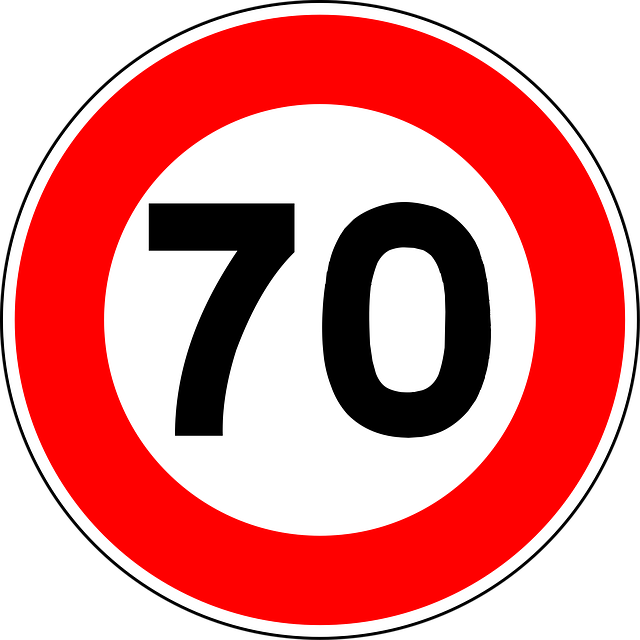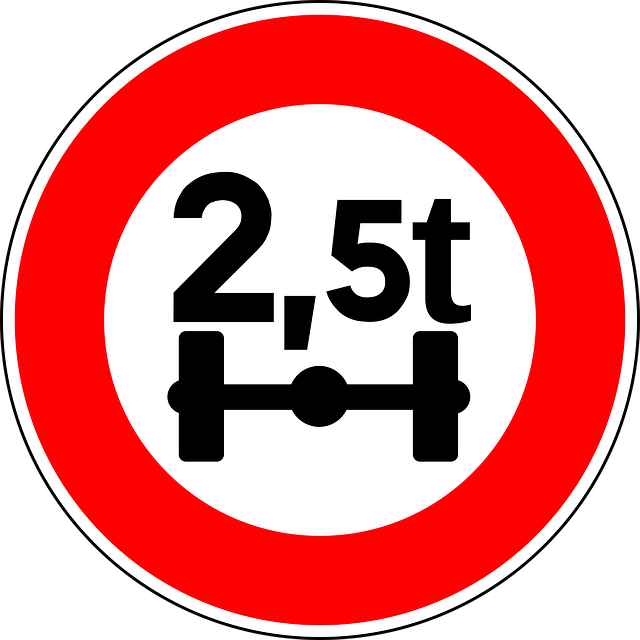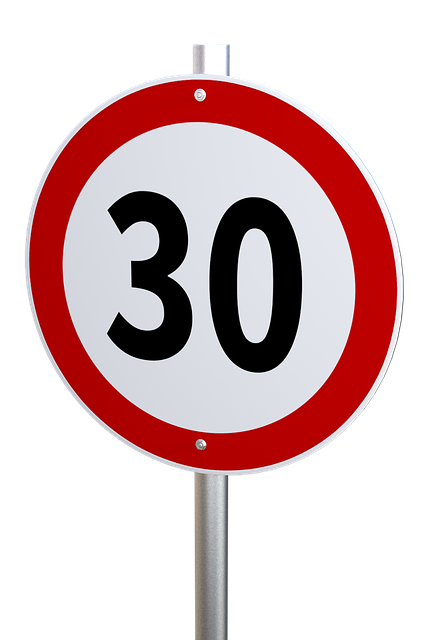tradingview indicator limit: Practical Tips & Workarounds
Author: Jameson Richman Expert
Published On: 2025-10-24
Prepared by Jameson Richman and our team of experts with over a decade of experience in cryptocurrency and digital asset analysis. Learn more about us.
Summary: This article explains the tradingview indicator limit — what it means, why it matters, and how to work within or around it for faster, cleaner charts and more dependable signals. You’ll learn how TradingView manages indicator and alert limits across plans, practical ways to combine or optimize indicators (including Pine Script examples), performance considerations, and real-world workflows for traders and investors. The guide also points to official documentation, useful third‑party services, and further reading for crypto traders.

What does “tradingview indicator limit” mean?
The phrase tradingview indicator limit refers to any restriction TradingView places on the number, complexity, or functionality of indicators, scripts, and alerts you can run on a chart or account. Limits show up in several places: number of indicators per chart, simultaneous alerts, published scripts, and resource constraints caused by many heavy scripts running at once. These restrictions are in place to protect server performance, maintain client responsiveness, and enforce subscription tier boundaries.
Because TradingView updates features and subscription tiers, always confirm live limits on TradingView’s official pages. Start here: TradingView official site and the Pine Script documentation for developer limits and best practices.
Types of limits you’ll encounter
- Indicators-per-chart limit — the maximum number of independent indicators you can display on a single chart at once.
- Alerts limit — how many active alerts your account can have.
- Pine Script resource limits — script complexity, use of request.security calls, series/array sizes, or plotting limits that can affect script performance or acceptance for publishing.
- Chart/layout limits — number of saved charts, layouts, or devices you can use simultaneously.
- Performance limits — even if allowed by count, too many heavy indicators will slow rendering and analysis, especially on mobile or older hardware.
Where to confirm exact numbers
Exact numeric limits often vary by TradingView plan (Free, Pro, Pro+, Premium) and can change. The most reliable sources are TradingView’s pricing/help pages and the Pine Script docs. For background on the platform itself, see TradingView on Wikipedia. For indicator design and scripting specifics, consult the official Pine Script docs linked above.
Why the indicator limit matters for traders
Understanding and managing indicator limits impacts speed of decision-making, chart clarity, and backtesting reliability. Common consequences of ignoring limits include:
- Slow chart loading or freezing when many scripts run simultaneously.
- Missed signals caused by delayed calculations or chart repainting.
- Hitting alert quotas during active market periods and missing critical notifications.
- Inability to publish or use complex strategies because of script resource constraints.

Practical strategies to work within TradingView limits
Below are proven, actionable methods to reduce your indicator footprint without losing analytical power.
1. Combine multiple indicators into one Pine Script
Instead of stacking five separate scripts (MA, RSI, MACD, BB, Volume Profile), write a single Pine Script that computes multiple signals and exposes them with toggles. Combining reduces "indicator-per-chart" usage and can drastically improve performance because calculations are centralized.
Example concept (Pine v5 pseudo-code):
//@version=5
indicator("Combined MA+RSI", overlay=true)
useMA = input.bool(true, "Show MA")
useRSI = input.bool(true, "Show RSI")
maLen = input.int(21, "MA Length")
rsiLen = input.int(14, "RSI Length")
src = close
maValue = ta.sma(src, maLen)
rsiValue = ta.rsi(src, rsiLen)
if useMA
plot(maValue, color=color.orange, title="MA")
if useRSI
hline(70); hline(30)
plot(rsiValue, color=color.blue, title="RSI", overlay=false)
Tips:
- Use input toggles to enable/disable parts of the script without removing the indicator.
- Keep heavy requests (like multiple request.security() calls) to a minimum.
2. Limit the number of plotted visual elements
Each plotted line, band, or label increases rendering cost. If possible, display values in a single pane or use numeric labels instead of many lines. Use fewer colors and combine related plots into a single visualization (for example, plot an oscillator and color-fill areas instead of separate shapes).
3. Use timeframe aggregation sparingly
request.security() lets a script pull data from other timeframes, but each call increases computation. If you need multiple higher timeframe values, pack them into a single aggregated call when possible or compute higher-timeframe logic within fewer calls.
4. Reduce lookback and unnecessary historic calculation
Only compute what you need. Avoid using functions that iterate over the entire historic dataset if realtime-only calculations suffice. For example, many scripts don’t require heavy recalculations for every bar of history when analyzing only the last N bars or realtime updates.
5. Use client-side toggles and light UI elements
Allow users (or yourself) to toggle smoothing, extra filters, or noncritical plots. This keeps the default chart minimal and gives the option to expand when needed.
6. Move non-essential signals off-chart
Use a separate indicator pane or a dashboard-style script that displays combined signals as text or small widgets. Dashboards can summarize many indicators’ states while using fewer plots.
Optimizing Pine Script for performance and fewer limits
Pine Script is the best tool to control the tradingview indicator limit practically. Good scripting practice reduces runtime and the perceived need for many separate indicators.
Best Pine Script practices
- Avoid duplicate calculations — compute each technical function once and reuse the result.
- Prefer local variables and built-in TA functions (ta.sma, ta.rsi, etc.) which are optimized.
- Minimize request.security() usage; combine multi-timeframe logic.
- Use arrays only when necessary — they can cost more than simple variables.
- Minimize plot() calls. Use plotchar() or plotshape() with caution if lots of shapes are drawn.
- Leverage input.bool toggles to disable heavy features by default.
For in-depth guidelines and limits on Pine Script, see TradingView’s documentation: Pine Script v5 docs.
Alert limits and how to avoid missing signals
Alerts are critical, especially for crypto traders who need real-time notifications. TradingView enforces limits on the number of concurrent alerts per account based on subscription tier. To manage alerts smarter:
- Combine multiple conditions into a single alert when possible (e.g., alert when combined signal from your composite indicator changes state).
- Use webhooks (TradingView alerts can trigger webhooks) to pass expanded logic to an external service that can fan out notifications — ideal for advanced routing to Telegram, Discord, or a trading bot.
- Consolidate duplicate alerts across multiple charts. If the same condition exists on multiple symbols, centralize through a script that monitors multiple tickers.
For webhook handling and bot automation, explore articles on automated trading workflows (example resource: How automated trading bots are transforming crypto investing).

Workarounds if you hit hard platform limits
If you encounter a strict limit you can’t change (e.g., you don’t want to upgrade plans), try these practical alternatives:
- Use multiple browser tabs or chart layouts: put different sets of indicators on separate layouts and switch between them.
- Maintain lightweight “alert-only” scripts: have minimal indicator scripts dedicated to triggering alerts while keeping heavy visual indicators disabled.
- Use external analytic tools: export price data to a local analytics platform (Python/Backtrader, R, or a cloud notebook) when backtesting complex strategies that would exceed TradingView limits.
- Leverage broker/exchange features: some exchanges provide their own advanced charts or API access for programmatic monitoring — pairing TradingView with exchange APIs provides resilience.
Example: Building a compact multi-indicator script
Below is a conceptual outline of a compact combined indicator approach:
- Compute trend: EMA(21) and EMA(50) cross — store as a single trend signal (1, 0, -1).
- Compute momentum: RSI(14) and a moving-average smoothed RSI threshold.
- Compute volatility: Bollinger Bands narrowing/widening or ATR conditions.
- Output: single composite score (e.g., -2..2) plotted as a histogram with a numeric label.
Combining reduces visible clutter and makes it easy to create a single alert on the composite score crossing thresholds.
Performance considerations and device-specific tips
Rendering speed differs by device and browser. Desktop with modern CPU handles heavier charts than mobile devices. To keep charts fast:
- Close other browser tabs and disable browser extensions that can slow rendering.
- On mobile, use fewer overlays and avoid high‑resolution backgrounds.
- Reduce the number of bars visible on the chart (zoom in) to limit rendered data range.
- Disable features like “Show Last Value Labels” or many indicators’ legend items if not needed.

When upgrading TradingView makes sense
Upgrading can be the simplest solution if your workflow needs exceed free tiers. Benefits include higher indicator and alert limits, more chart layouts, enhanced alert features, and faster customer support. Evaluate whether upgrading is more cost‑effective than the time spent combining indicators or managing multiple layouts.
Before upgrading, audit your workflows: How many alerts do you use? Which indicators are mission-critical? Can you combine or simplify? If your trading style is signal-heavy or you automate strategies extensively, a higher tier often pays for itself.
Case study: Crypto traders and indicator budgets
Crypto traders frequently monitor multiple assets and indicators simultaneously. If you trade across Binance, Bybit, Bitget, or MEXC, keeping indicator counts low and relying on webhook-based alert distribution helps manage limits and reduces missed opportunities.
Consider these platform-specific pointers:
- Use exchange APIs for order execution and TradingView for signal generation. This separation scales better than relying purely on TradingView alerts.
- Aggregate signals for similar pairs (e.g., BTC trading signals vs. altcoins) into a single composite indicator to lower the indicator-per-chart count.
- Read analysis about exchange selection and trade execution volume when designing your strategy: see the in-depth Binance analysis at Is Binance the best cryptocurrency exchange for traders and investors in 2024? and insights into daily trades at Binance trades per day — insights and realities.
Tools and services that complement TradingView
Third-party tools let you extend TradingView’s alert handling and execution capabilities:
- Webhook managers and alert routing services (hosted webhook endpoints, AWS Lambda, or simple web servers).
- Trading bots and integrations (Discord bots, Telegram bots) that listen for TradingView webhook alerts to execute or notify.
- Cloud-based backtesting or data export if you need analysis beyond TradingView’s limits (Python-based backtesting libraries or a Jupyter Notebook environment).
For automation inspiration, read how bots integrate with trading alerts: Bitcoin bot & Discord integration.

Publishing and sharing indicators: what to know
If you develop a combined indicator or dashboard and intend to publish it, TradingView has submission rules and resource constraints for published scripts. Keep the script efficient and well-documented. Published indicators with many plots or heavy computations may be rejected or provide poor user experience.
When publishing:
- Document inputs and intended use clearly.
- Provide default settings that are lightweight and let users opt into heavier options.
- Use version control and iterative improvements based on user feedback.
Real-world example: reducing five indicators to one
Scenario: you usually use 5 indicators (EMA21, EMA50, RSI14, MACD, ATR). Replace them with one composite script that calculates each metric behind the scenes and produces a single multi-state output (trend + momentum + volatility). Use toggles to show/hide components when diagnosing a trade. The result: one indicator on-chart, one alert, and faster loading times.
Further reading and related resources
Expand your knowledge with these curated resources:
- TradingView — Wikipedia (platform background)
- Pine Script v5 documentation (developer reference)
- Technical analysis basics — Investopedia
- XRP price outlook — example of signal-driven analysis
- Entrepreneur & investor guidance — planning for business and residency (relevant for international traders building businesses)

Recommended exchange links and signups
If you need accounts on major crypto exchanges to execute or test TradingView-driven strategies, consider these platforms (referral links):
- Open a Binance account (referral)
- Register at MEXC (referral)
- Sign up at Bitget (referral)
- Join Bybit (referral)
Checklist: Audit your charts to reduce indicator bloat
Run this quick audit to stay under limits and keep charts fast:
- List all indicators across your active layouts.
- Identify duplicates and redundant signals.
- Prioritize mission-critical indicators for alerts.
- Combine complementary indicators into one script when feasible.
- Test chart load time before/after consolidation.
- Set default toggles to disable non-essential plots.
Conclusion
The tradingview indicator limit is less a hard wall and more a design constraint that encourages efficient chart-building and thoughtful automation. By combining indicators into compact Pine Scripts, optimizing performance, using alerts intelligently, and leveraging external services for execution and notification, you can maintain powerful multi‑indicator analysis without hitting troublesome limits. When in doubt, consult TradingView’s official documentation and consider whether a subscription upgrade or a small scripting effort will solve your workflow bottleneck faster.
For practical trading considerations and market context, read these relevant analyses and resources: a detailed look at exchange choices (Is Binance the best exchange?), bot automation strategies (Bitcoin bot & Discord), and additional trading/investor resources (Mexico business visa, XRP price prediction, Binance trade volume insights).
If you’d like, I can:
- Review your current indicators and recommend a consolidation plan.
- Draft a combined Pine Script for the specific indicators you use.
- Show example webhook automation flows for TradingView alerts to exchanges or bots.